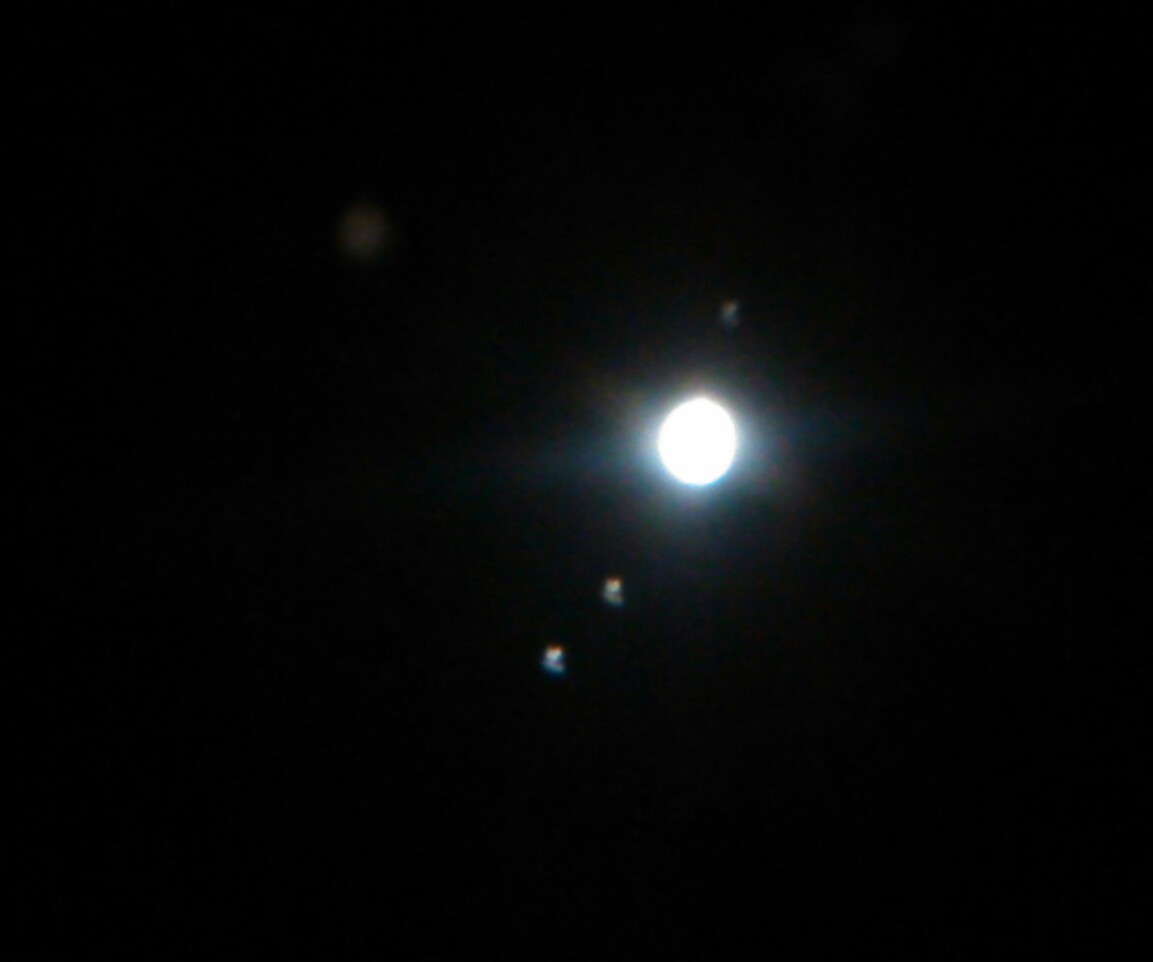Unity
When I was a kid, I had a telescope which I almost never used. I never looked at the things which I now find so fascinating… the planets.
I do, however, vividly remember the first time I used it. As an adult I know that something has to be wrong with this memory, because what I spied was impossible for a nine year old kid to have caught. I saw a communications satellite.
It left such an impression on me that, as I’ve gotten older, and more experienced, I’ve tried to repeat the experience. I own my third, serious telescope now. It is so heavy that I actually disassemble and reassemble the major parts to move it around and set it up for observations. I take an approach similar to mission planning for when and what I plan to look at.
This morning was my fourth attempt at Unity, the International Space Station. This didn’t happen on a whim. Over the last three months I’ve been using an application tied to Heavens Above to identify when flyovers of Unity would be overhead. Then I watched two flyovers with no optics to orient myself to the numbers and compass of my observing site. Then I searched for when one would occur which gave me the longest observation window. Ten days ago I learned of this one, during which my target would pass almost directly overhead, and, as luck would have it, stay in the part of the sky visible from the field behind PTC HQ. I pre-staged my telescope last night, so I would only have to move it outside in the minutes before the station came into view.
Then, this morning, with the app “ISS Detector” running and counting down until Unity broke the horizon, I was outside in pajamas and warm slippers waiting, arms wrapped around the 8 inch diameter tube of my optics. Then I saw my target and moved quickly to aim using the attached spotting scope and “paralax” aiming. I had Unity in my sights, and looked through my wide field observation eyepiece, and discovered I had not adjusted the focus knob. A blob of grey was all I saw (and it wasn’t an object, it was the inside of the tube). I quickly focused on a star which also happened to be in view, and aimed again.
On my third aiming, success! Unity, a collection of bright rectangles passed before my eyes. One I had it on track, I was able to keep it in sight in my observation optic, and followed it across the sky. I wasn’t able to read lettering or any such nonsense, but it was obvious what I was looking at.
Inset is a picture I took a few weeks ago by holding my cellphone’s camera up to my narrow field observation optic. That is Jupiter and his four largest moons. I did not try anything so foolhardy with Unity, this time.
